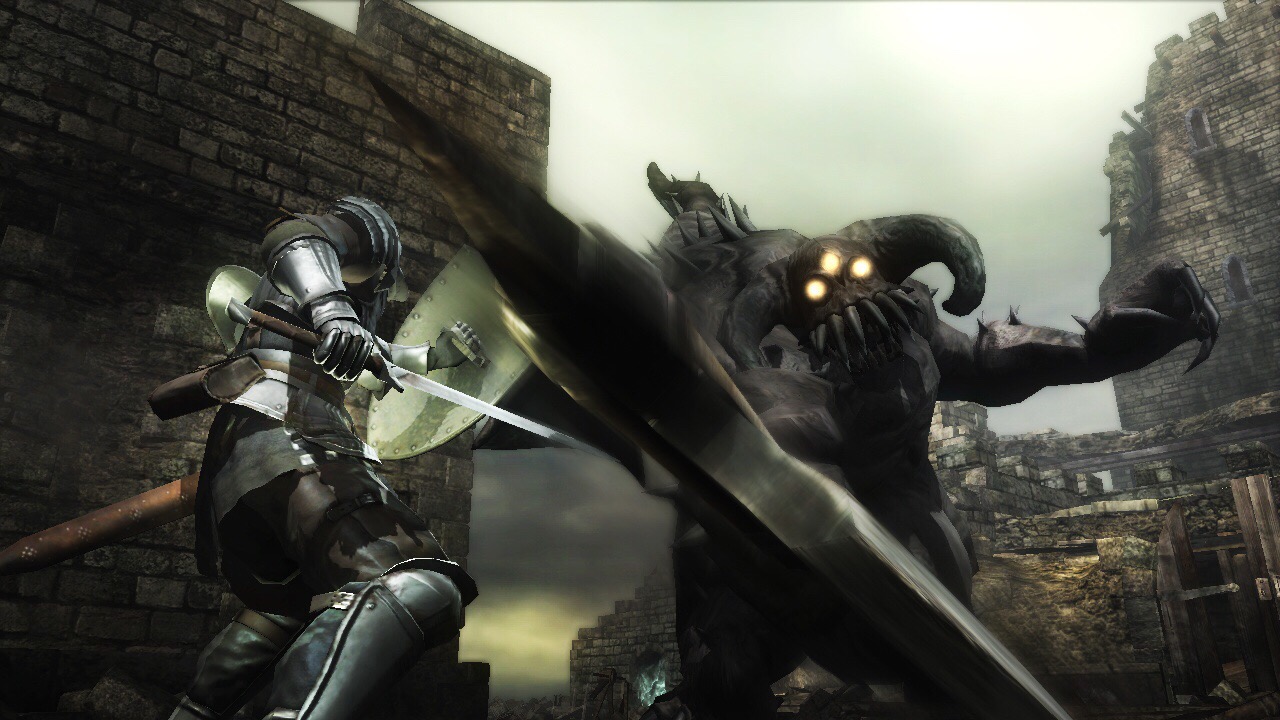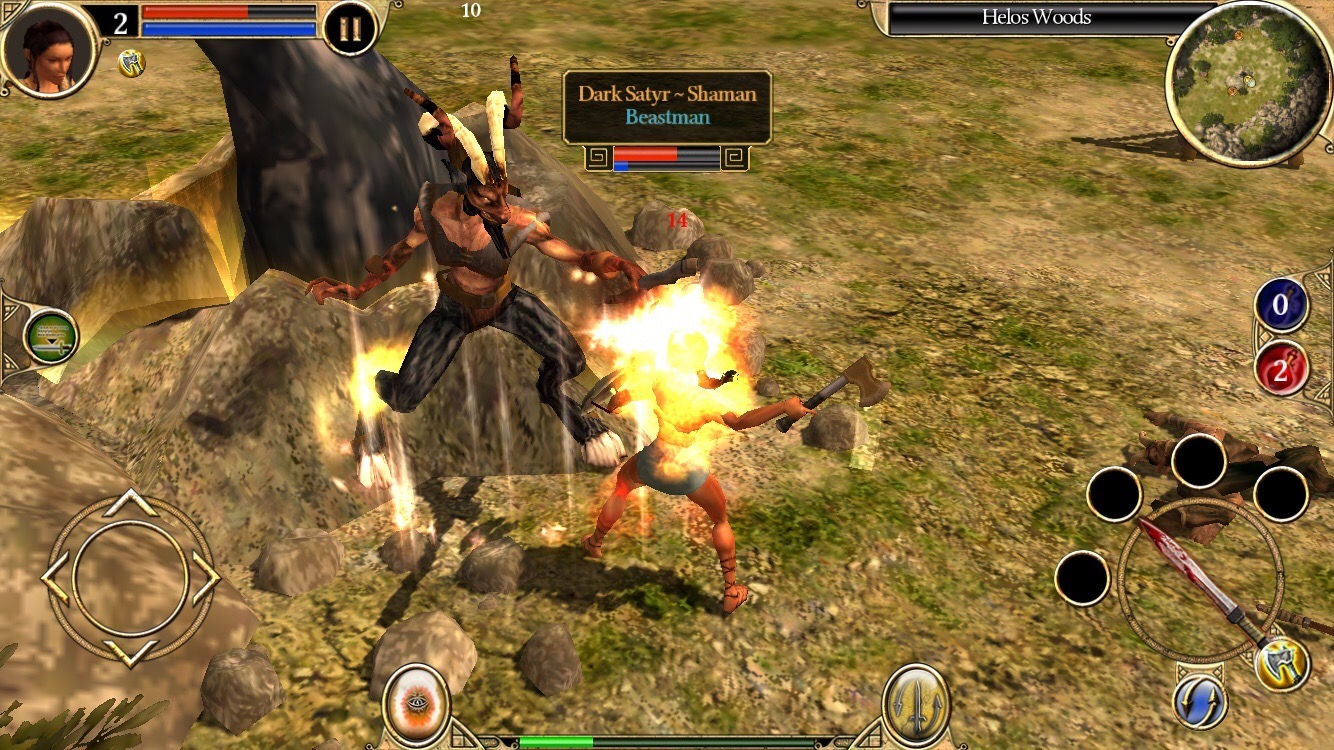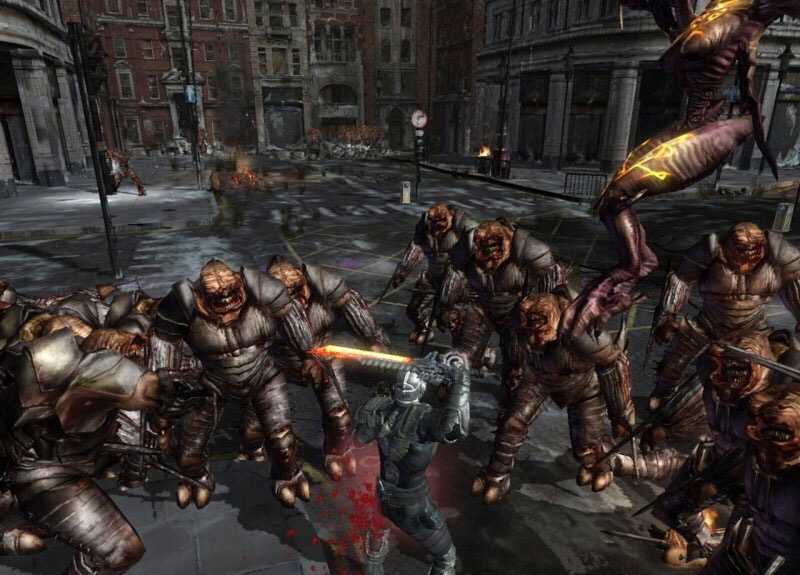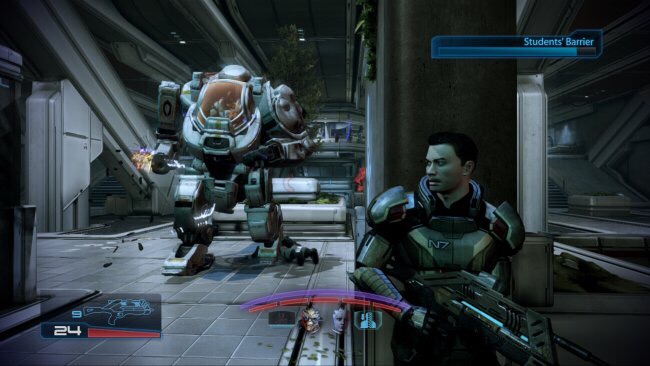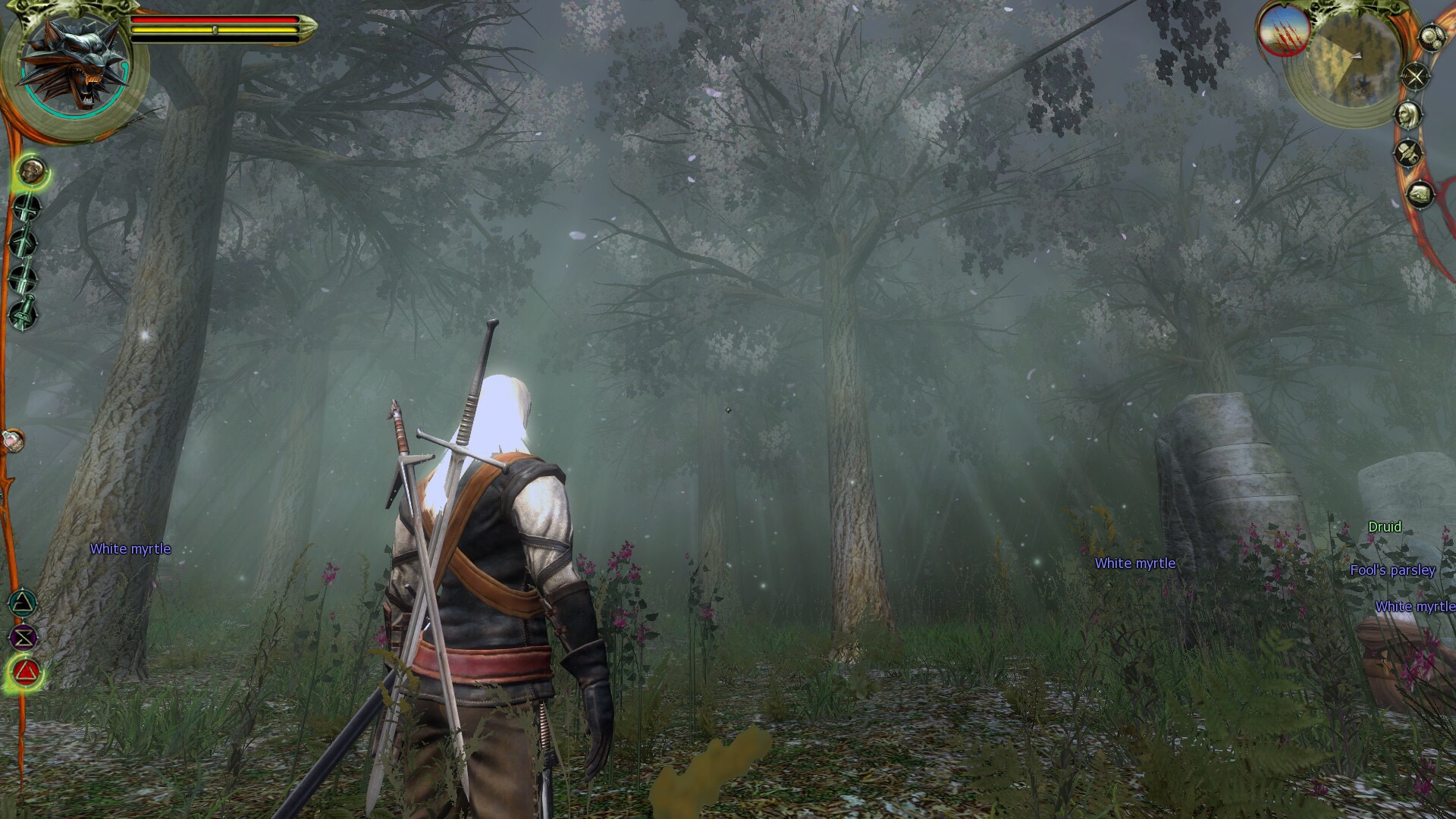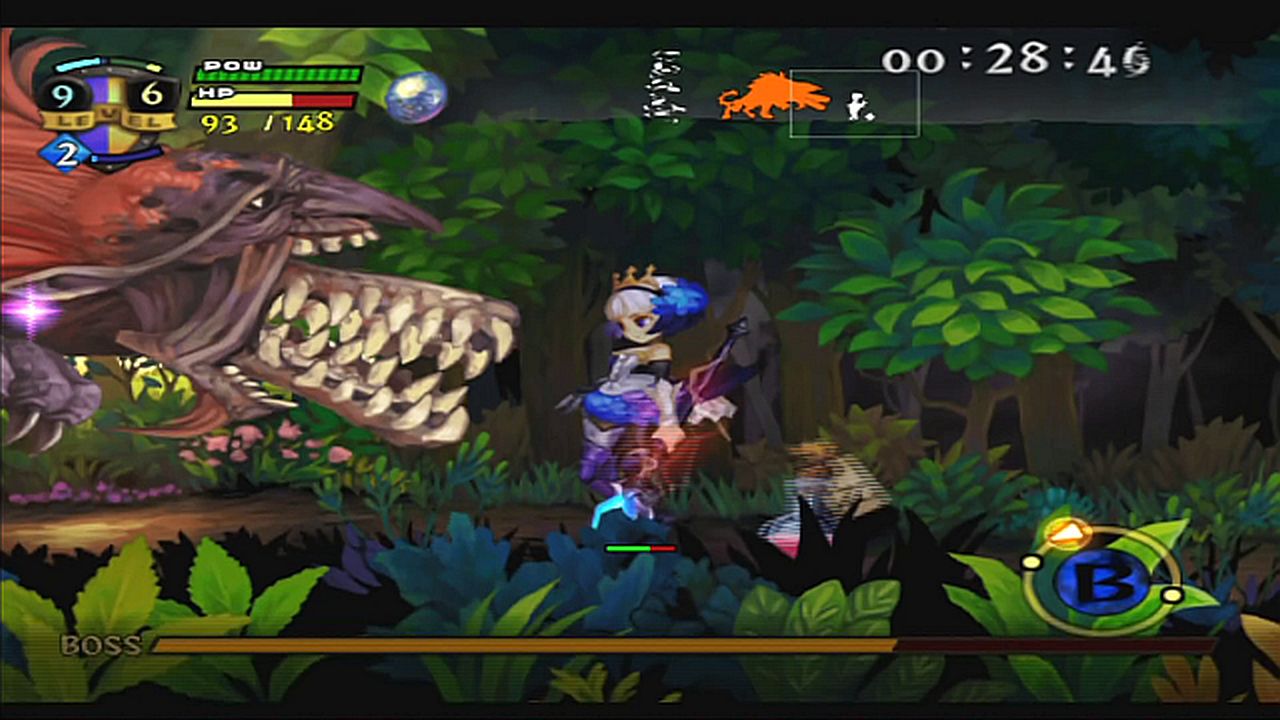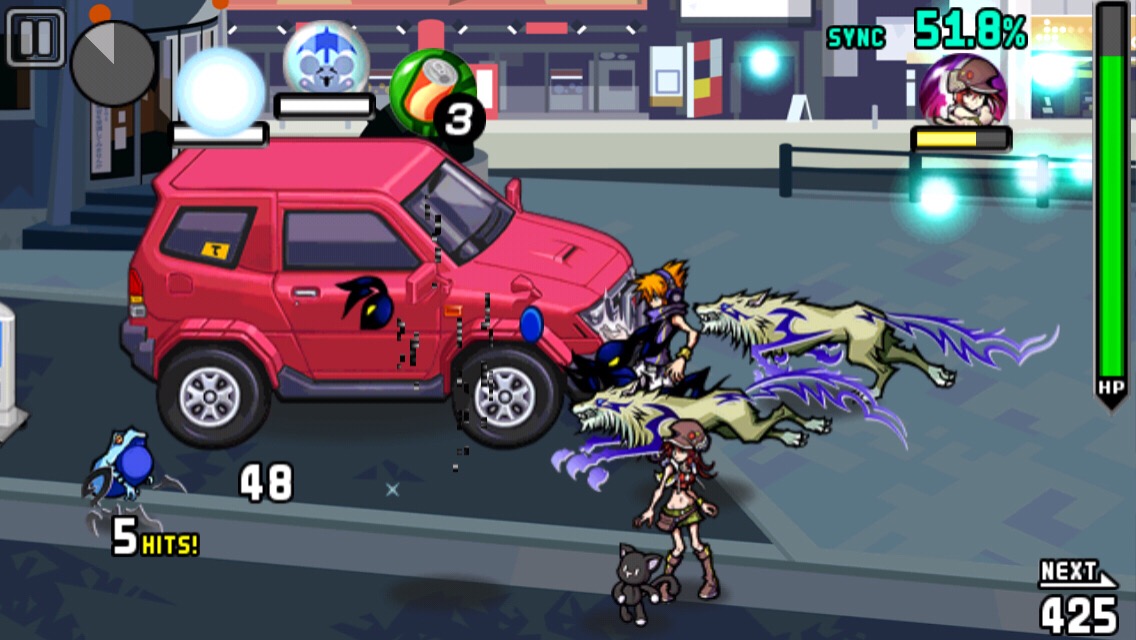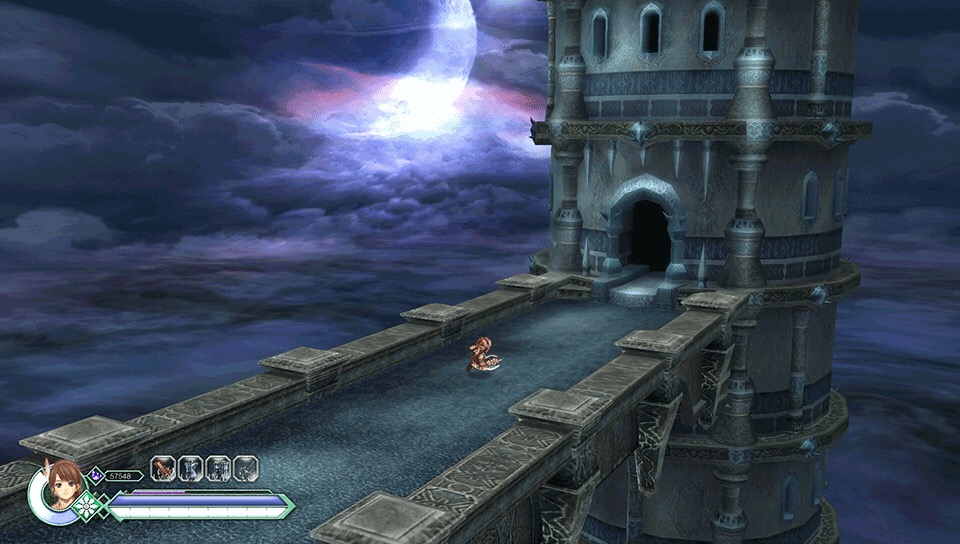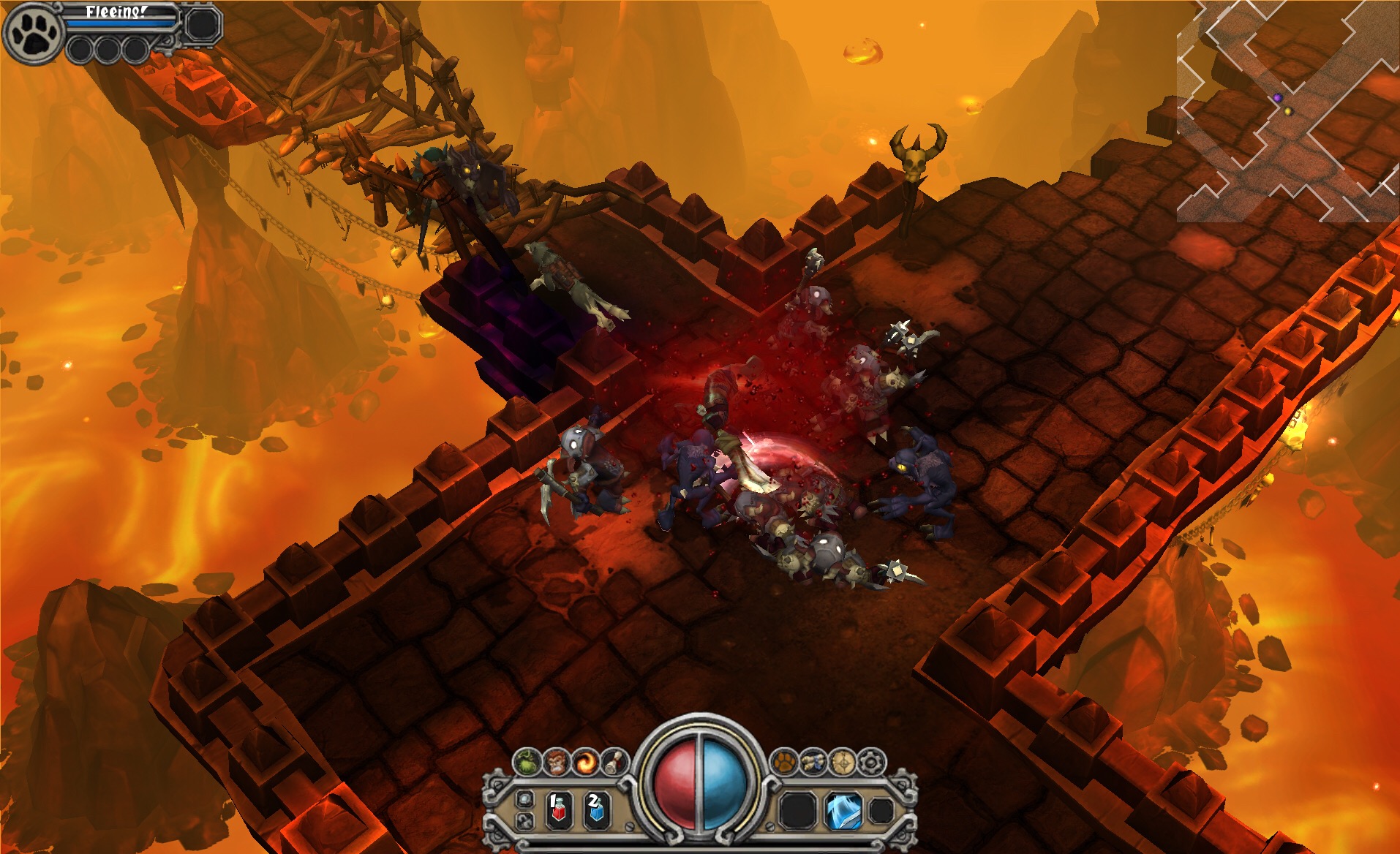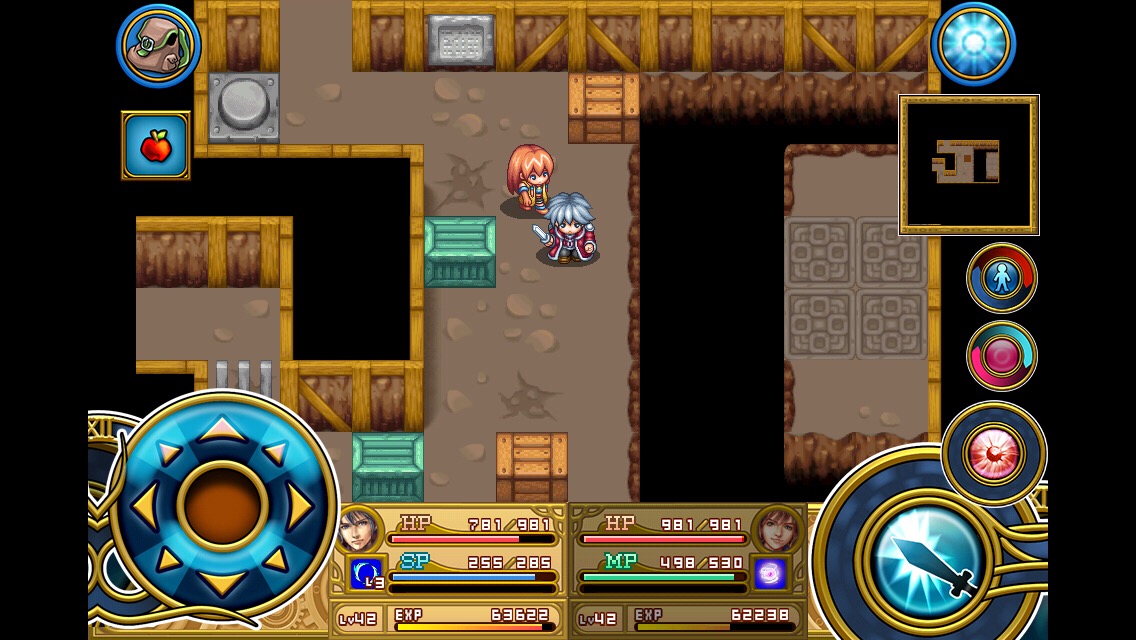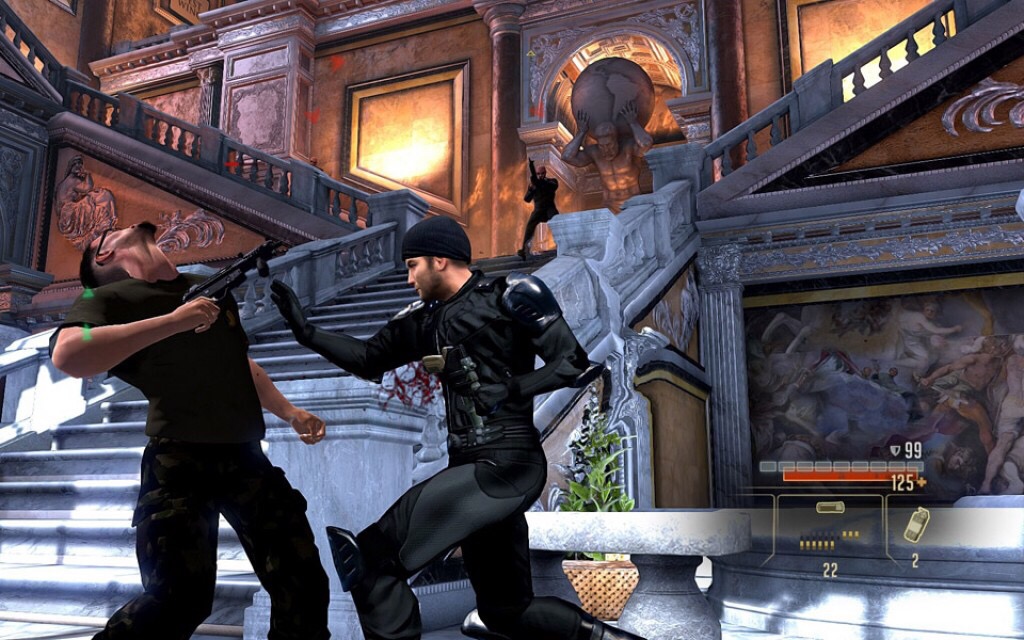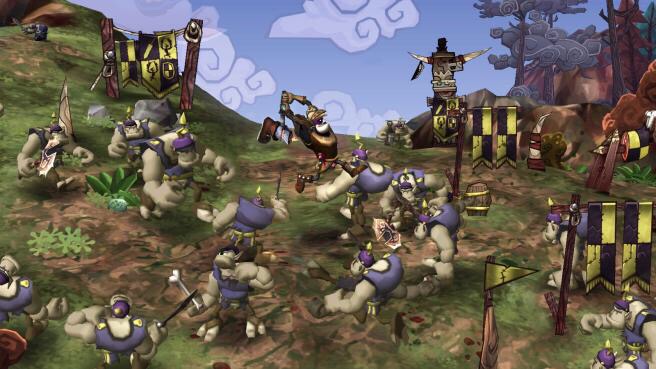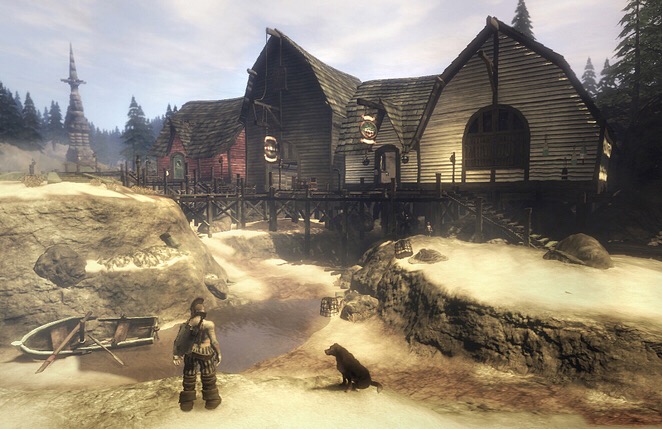 Hello, gentle readers, and welcome to the RPG Reload, the weekly feature where spin-offs are never out of season. This week, we’re continuing our look at the history of the action-RPG sub-genre. Last time, we checked in on the early 00s, a period where Diablo’s massive success spawned a number of imitators and Square Enix hooked up with Disney to make some real money with a fantasy cross-over. Steam was just beginning what would eventually be a near takeover of the PC market, while Nintendo was about to lob a couple of Hail Mary passes that may have saved the company. Oh, and Apple was only a year or two away from launching the product that would come to define them in the new millennium. Somehow, the action-RPG genre was still a slippery one, but developers had more or less figured out that to be a big success with them, you had to make them easy to play.
Hello, gentle readers, and welcome to the RPG Reload, the weekly feature where spin-offs are never out of season. This week, we’re continuing our look at the history of the action-RPG sub-genre. Last time, we checked in on the early 00s, a period where Diablo’s massive success spawned a number of imitators and Square Enix hooked up with Disney to make some real money with a fantasy cross-over. Steam was just beginning what would eventually be a near takeover of the PC market, while Nintendo was about to lob a couple of Hail Mary passes that may have saved the company. Oh, and Apple was only a year or two away from launching the product that would come to define them in the new millennium. Somehow, the action-RPG genre was still a slippery one, but developers had more or less figured out that to be a big success with them, you had to make them easy to play.
This week we’re heading into the second half of the decade, a period where Square made some baffling choices with the Kingdom Hearts property while Blizzard switched their focus to tending to their hit MMO RPG, World of Warcraft. Looking back, this is a bit of a Wild West period for action-RPGs. Oh, you still had your fair share of Diablo clones, but a lot of the fad-chasers had moved on to the next sure-to-win genre, the MMO. Some of the games we’ll see here are so experimental that they aren’t typically mentioned when we talk about action-RPGs, but the proof is in the pudding. Naturally, we also see some mobile action-RPGs come out in this period with the advent of smartphone gaming.
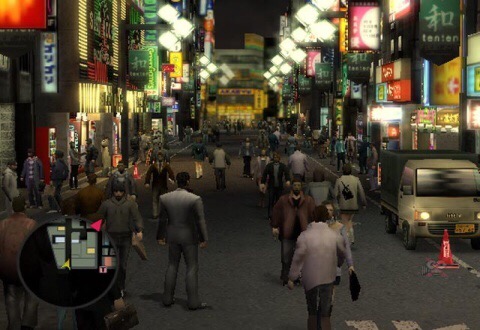
Let’s begin by looking at a couple of games from the very end of 2005 that I failed to mention last time. SEGA’s Yakuza released in December of 2005 in Japan, offering up an unusual hybrid of beat-em-up, RPG, and adventure game that creates a package quite unlike anything else. This series would eventually become one of SEGA’s strongest active brands and is still getting regular releases to this day. Another big release in that December was Kingdom Hearts 2, which hit Japan in December and the rest of the world a couple of months after. With the confidence from the first game’s success in tow, the development team was able to do a lot more weird and risky stuff with this game. The gameplay mechanics were slightly improved, and the new Disney worlds were pulled from slightly more obscure fan favorites like Tron and Mulan. Sadly, the foray into live action source material means that worlds like Pirates of the Caribbean and Tron haven’t aged quite as well as the worlds based on animated films. The game was another big hit, however, and Square Enix looked like they finally had a third pillar to fill the gaps between Final Fantasy and Dragon Quest games. All they needed to do was to not horrendously mismanage it.
Since I’m not trying to be exhaustive with my lists of games for these articles, some years are going to look leaner than others when I finish cutting the smaller stuff out. 2006 is one such year. There were a lot of minor games released in the genre, but really only three worth remembering in a summary like this. First, Nihon Falcom continued their revival of Ys with a new prequel using the same engine as Oath in Felghana. Ys Origin wouldn’t release outside of Japan officially for a very long time, but it is one of the best games in the series. It released on Windows PC in Japan only in 2006, but eventually became available worldwide for a variety of platforms through Steam, GOG, and PlayStation Network. Iron Lore and THQ kept the Diablo fires burning with the enjoyable romp Titan Quest, a PC game which would eventually make its way to mobile 10 years later. Funnily enough, both the PSN release of Ys Origin and the mobile release of Titan Quest came via the same publisher, DotEmu.
Both of those games are obviously well-remembered if they’re getting re-releases in the modern era. The third game isn’t so lucky. Untold Legends was a PlayStation Portable launch title from Sony Online Entertainment (the EverQuest guys, not the PlayStation guys) that took a hearty handful of pages from Diablo‘s book. That game released in 2005, and somehow sold enough that 2006 saw two more games in the series, one for the PlayStation Portable and the other a launch title for the new PlayStation 3. Neither game lived up to expectations in any regard, and that was the last we would hear from both the brand and from SOE as far as this genre is concerned. Similarly, the cool response to SEGA’s Phantasy Star Universe seemed to suggest a long nap was in order for that brand as well.
Now, that might seem like a dire year, and I suppose in a lot of ways it was. But business was about to pick up in a hurry. 2007 brought some real heavy-hitters, and though some of them aren’t strictly considered to be action-RPGs, there’s enough of the DNA in there for me to at least mention them. The most interesting thing about all of these games is just how different they are from one another. Loki: Heroes of Mythology from Cyanide doesn’t venture too far from the popular Diablo-inspired trends of the day. Hellgate: London, on the other hand, was developed by many of the people behind Diablo itself but somehow feels quite different. It incorporates a first-person camera for projectile-based classes but otherwise uses a more typical third-person behind-the-character view. It’s not hard to see the areas where it takes after Diablo, but things never quite come together in Hellgate the same way they did in that game.
The bigger event that year for fans of Western RPGs was the launch of BioWare’s Mass Effect. It pulls back a little bit from the pure action-RPG combat of Jade Empire, but the game still features plenty of action in its combat and would only see that increase with each subsequent installment. The Mass Effect games remain BioWare’s biggest hits, though the series appears to have hit a rough patch of late. As for BioWare’s former partners at Interplay, they had been busy trying to get the successful Baldur’s Gate: Dark Alliance onto more platforms to leverage its popularity. The PC port was being worked on by a small Polish developer named CD Projekt. Interplay’s financial luck, if they could be said to have had any, ran out during development and they ended up cancelling the port.
CD Projekt salvaged what they could from the project and decided to create an original game using BioWare’s Aurora Engine. The Witcher is based on a popular series of novels and although the initial reception to the first game was relatively small, the series would explode in popularity over the next decade. I know some people strongly disagreed with me calling The Witcher 3 an action-RPG, but the series literally has its roots in Baldur’s Gate: Dark Alliance. I think a safe claim can be made here. For their part, CD Projekt has done a great service in reviving and sustaining many old PC RPGs and other games via their GOG.com store. The fact that you can find and buy so many of the classic PC games I refer to in these columns is often due to their hard work in tracking down obscure rights and licenses.
Outside of Mass Effect on the Xbox 360, things were a little dry for action-RPG fans on home consoles. One highlight was the latest from Vanillaware, the people largely responsible for Princess Crown. Odin Sphere was a surprisingly enjoyable late release on the PlayStation 2. Like many of Vanillaware’s games, it’s a side-scrolling action RPG with gorgeous art and exceptional music. The game was recently remade for the PlayStation 3, PlayStation 4, and PlayStation Vita. If that wasn’t to your liking, your only real choice was to go handheld. The two handhelds of this generation were so hugely successful in Japan that they were getting most of the attention from mid-level developers and publishers, and that has always been the source of many console action-RPGs.
The Nintendo DS had two unusual action-RPGs released in 2007. Square Enix brought the outstanding and tragically overlooked The World Ends With You to the system, mixing elements from the developer’s previous Kingdom Hearts Game Boy Advance game with plenty of new ideas and wrapping it up in a Japanese street-inspired style. The popular series of TRPGs Summon Night got an action-RPG spin-off that managed to get a worldwide release. Summon Night: Twin Age is a top-down hack-and-slash game with an interesting two-character gimmick. The series never returned to the action-RPG well, possibly due to the closure of its developer Flight-Plan in 2010. Before we leave 2007, it’s worth mentioning that this is the year the iPhone launched. Probably relevant for most of our readers.
We could probably classify 2008 as the calm before the storm. We can see a few trends starting to come into play here. First, the handheld market was booming. The Wii had seen some major success as well, and between it and the DS, a bright light had been shone on the rather large casual gaming demographic that had always been in the PC periphery. Apple would launch the App Store as we know it mid-way through the year, and it wouldn’t take long for that same demographic to make its way to it. With regards to the traditional gaming demographic, Monster Hunter‘s massive sales success had made a huge impact on Japanese game developers. It was only natural that as Zelda had before it, the game would inspire many similar titles with a bit more RPG grit to them.

Sensing an opportunity, SEGA revived the briefly dormant Phantasy Star brand with Phantasy Star Portable for the PSP, a game that was mostly similar to the Phantasy Star Online games but with a few Monster Hunter-inspired twists. It was the right game at the right time, and it was so well-received that the PSP would see two follow-ups released in the years that followed. SEGA also released Phantasy Star Zero on the Nintendo DS, but it was considerably less successful. Square Enix threw their weight behind Crisis Core: Final Fantasy, which brought back the world of Final Fantasy 7 with a prequel story following the tale of Zack, Aerith’s old boyfriend who Cloud has so very much in common with, somehow. It’s a clunky game mechanically, but the story has its moments and the ending is incredible. The game was very successful but for whatever reasons has not been re-released or made available digitally.
Over in the West, a collection of sequels made most of the waves. Fable 2 was released for Xbox 360 and showed off a lot more of the potential that Peter Molyneux had been talking about with the first game. Bethesda showed off their spin on the Fallout brand they had acquired from Interplay with the release of Fallout 3, and their spin was decidedly action-like. This is another contentious one to mention, as it also falls in that same blurry area between genres that Elder Scrolls sits in. Reality Pump’s Two Worlds and its 2010 sequel are similar in that regard, but I call them like I see them. Ascaron’s Diablo-inspired Sacred 2 probably fits more neatly with the concept most people have in their head with regards to this genre.

As we near the end of the decade, things start to spill over. From Software’s Demon’s Souls hit the PlayStation 3 in 2009, turning the developer from a largely ignored producer of B-games into one of the most beloved Japanese studios. The game’s spiritual successor Dark Souls in many ways defines Japanese action-RPG output in the next decade, but we’ll get to that soon enough. Nihon Falcom released Ys Seven for the PlayStation Portable, while Vanillaware spun the Wii-l of Fortune with Muramasa. They did not win a new car. Square Enix began their descent into madness with the Nintendo DS release Kingdom Hearts 358/2 Days. Well, Kingdom Hearts 3 was surely around the corner, so no harm in keeping the fires burning with a ludicrously-named spin-off, right? I’ll also quickly mention the awesome Half-Minute Hero for PlayStation Portable, a terrific compact take on RPG tropes.
Western developers were busy beavers as well. Borderlands brought Diablo-style loot hoarding to the first-person shooting genre. The RPG elements are prominent enough in the game that I feel it’s clearly an action-RPG of some sort. I sort of skipped over the Gothic series falling apart, but the developer hooked up with a new publisher to release Risen, a spiritual successor. It has its flaws, to be sure, but I think it also has a lot of good ideas to balance them out. Speaking of good ideas, Divinity 2 brings back the great action-RPG mechanics of the original, but adds in the ability to control a dragon in aerial combat. Just make sure you stick to the PC version. While you’re there, you can also enjoy Runic’s Torchlight, a very good Diablo-like from some of the original game’s creators. A mobile version of the game was released recently. It’s not great. Or the same game, even. Play the original.
This is also the year where I can talk about iOS games. Finally! In 2009, two very important mobile action-RPG brands made their iOS debut. Gameloft’s Dungeon Hunter was about the closest thing you could get to Diablo on your phone. In a lot of ways, it still is. That’s kind of sad. If your preferences lean more towards Eastern action-RPGs, Gamevil had you covered with the awesome top-down hack-and-slash Zenonia. Both games kicked off long-running series and were vitally important to the growth of the genre on iOS, and neither is still available to purchase or play. Yay, mobile gaming history.
As the decade came to a close, things had changed considerably. The PC market wasn’t just back from the dead, it was doing a tap dance on the piles of reports of its demise. The console cycle was winding to an end for the Wii, which was a problem as there was still a few years left in it. Both handhelds were on their way out as well. They would both soon get replacements, but neither would do nearly as well as its predecessor in the market. 2010 was again a year of big sequels, though. On mobile, Dungeon Hunter 2 and Zenonia 2 built on the success of the original games, while Across Age was greatly enhanced from its Japan-only feature phone release and put onto the happy hands of iOS gamers courtesy of FDG and EXE-Create. Square Enix dropped another couple of Kingdom Hearts games onto the handhelds, with the notable one here being Kingdom Hearts: Birth By Sleep. Its ending even had a teaser for Kingdom Hearts 3, which was definitely coming soon.
On consoles and PC, we saw solid sequels to Mass Effect, Fable 2, and Fallout 3. Meanwhile, the original people behind the Fallout series had another game finally tumble out of its long development. Alpha Protocol is a spy-themed action-RPG, and it has a lot of issues. Still, it’s a pretty inventive and enjoyable game, and it’s not like we see a lot of spy RPGs. The Wii got a couple of last RPG hurrahs to usher it into the afterlife. While both games featured real-time elements to some extent, I’d be more comfortable calling The Last Story an action-RPG than I would Xenoblade Chronicles. With Mistwalker and Final Fantasy‘s creator Hironobu Sakaguchi at the helm, expectations were probably a little too high. Nevertheless, it’s a pretty cool game if you can get your hands on it.
Sakaguchi wasn’t the only legend making a return that year, though. Ron Gilbert, the mind behind Monkey Island and the upcoming-on-iOS Thimbleweed Park, put his stamp on the comedic action-RPG Deathspank, developed by Hothead Games. It was relatively well received and spawned two follow-ups that arrived later in the year and early the next year respectively. In the future legends department, Yoko Taro teamed up with Cavia once more to create the bizarre Nier, which came with two flavors of protagonists to account for Japanese and Western tastes. Its unusual themes and journalist-defeating fishing mini-game made it a game that rode slightly under the radar, but the arrival of its incredible sequel this year seems to have drummed up some demand for it in hindsight.
Significantly, this period of time passed without a true follow-up to either Diablo 2 or Kingdom Hearts 2. Action-RPG fans would have to wait a couple more years for Diablo 3, and we’re still waiting for Kingdom Hearts 3. When Diablo did arrive, it didn’t quite make the same impact as its predecessors. Another game would pick up the torch, finally uniting tastes in the East and the West. Well, sort of. We’ll look at that in the next chapter of this historical romp. For now, we’ll leave things here. Don’t forget to check out the RPG Reload Play-Along of Bastion in the forums if you have some spare time and are looking for something to play. As for me, I’ll be back next week with the next part of this series. I’m not totally sure if it will be on-time, as I’ll be at the Tokyo Game Show that day. I’ll do my best, at least. Thanks for reading!
Next Week’s Reload: Action-RPGs from 2011 onward!
